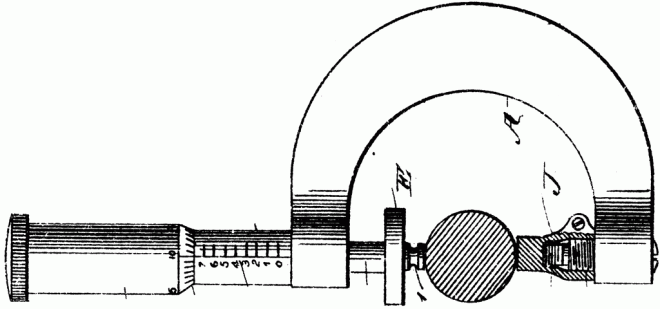
I consult and advise on a variety of topics from visual effects and animation, to A/M/VR, to IoT and cloud processing, and one thing comes up again and again – “The solution needs to be as accurate as it can be.” Whenever I come across this, I’m reminded of something that happened a long time ago, in my pre-digital life, how accurate is “as accurate as it can be”?
In 1982 after I had graduated high school, I went to guitar repair school in Springhill, TN – then a sleepy, rural town outside of Nashville. I learned a few things there: how to get into Nashville bars at 17, rosewood poisoning makes you really sick, and that accuracy is a function of, well … function.
The instructor gave the students little custom made rulers with all kinds of nifty guitar repair measurements on them for fret spacing, fingerboard radii, etc. They were custom made by a machinist friend of his, and he had a little story that went with them. When he asked his friend how much the rulers would cost, his friend asked him “How accurate do they need to be?”. He said “As accurate as you can make them?”. His friend replied “Then each one would cost $10,000.”, to which my instructor then asked: “How accurate is $20 worth of accurate?” His friend said “Probably accurate enough.”
That was 1982, and I’m not sure if $20 worth of accuracy is as accurate anymore. But the lesson taught us was that when repairing something, one must first ask about the needs of the repair. Is it a crappy guitar where replacing the frets would cost more than the price of an entire, better instrument? Or is it a priceless old Martin that needs to have the bridge reattached with meticulous care? Each requires the best work you can do, but the best work you can do for each, will be different.
IoT and AR rely heavily on GPS to get location data. GPS is (to most people) surprisingly inaccurate – only to within 10 meters, and it can also be very noisy. But in many cases it’s accurate enough – especially after filtering. We can, for instance, track the fleet of trucks through the city, or hold up our phones and see that the bar with the best happy hour is “over there” through the heads up display beer finder app. Now, if we need that app to replace the bar’s sign with a 3D list of drink specials which tracks flawlessly to it, we would require a different, more accurate location tracking technique.
It’s more than just a matter of choosing the right tools for the job however, it’s also scaling the approach of solutions to match the needs of the tasks at hand. “How accurate do they need to be?” $20 worth of accurate? 30 feet worth of accurate? Animated GIF accurate? Substitute your reality with another accurate? Escape the “uncanny valley” accurate? Or maybe 1 second of accurate? 3 minutes of accurate? The Nyquist theorem tells us that to accurately digitize an analog sound, we need to sample it at over twice the frequency of the highest frequency of the signal we want to represent. Before launching into a solution try asking yourself: “What is the metaphorical ‘nyquist frequency’ of the problem you’re trying to solve?”, and build the solution accordingly. Of course the interesting question becomes: “What is the nyquist frequency of repairing a Martin guitar?”
Good article. Perhaps a corollary of the “good, cheap, or fast” conundrum.